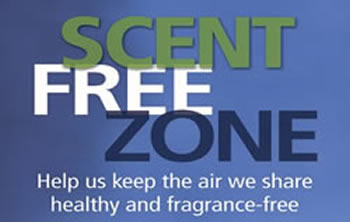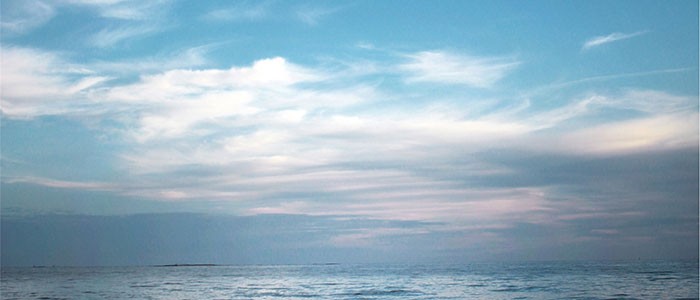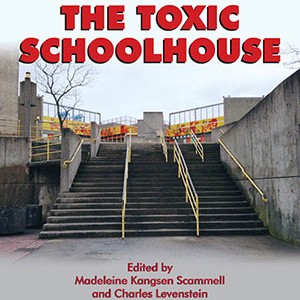About Ventilation Standards 2000 According to current minimum standards for indoor air quality, it is acceptable if up to 20% of adult building occupants are unsatisfied. Tang Lee, Professor of Building Science, University of Calgary tells us, “The Canadian building code references ASHRAE 62-1989 Ventilation for Acceptable Indoor Air Quality.… read more →
HEALTHY SCHOOL DESIGN and CONSTRUCTION Healthy Schools Construction Committee July, 2003 Acknowledgments: We would like to acknowledge the contributions of the following individuals. Tang Lee, Architect, Faculty of Environmental Design, University of Calgary, Alberta, Canada. Art McLaughlin, P.Eng. Environmental Specialist, OCL Group-Environmental Management Consultants, Halifax, Nova Scotia, Canada. Gary Oberg, M.D., physician/author… read more →
__(name)_______High School CODE OF CONDUCT (http://(insert URL for school web site) .ednet.ns.ca) Date: (ie March, 2014) SCENT SMART POLICY No scents are to be worn or used at school by any student, staff or visitor to the school. The following procedures will be used to implement and… read more →
DRAFT School Newsletter Many new families have moved into our school community and may not be familiar with our Scent Smart program. Our school has students and staff who experience symptoms such as headaches, asthma, and much worse, when they breathe even small amounts of fragrance chemicals. Some are… read more →
THE ECONOMICS OF GOOD IAQ Tedd Nathanson Senior Engineer, Building Air Quality Public Works and Government Services Canada Ottawa Canada K1A 0M2 [e-mail: NATHANST@PWGSC.GC.CA] INTRODUCTION Salary dollars are the single, most important cost in an office building, being more than two orders of magnitude (100 times) more than energy costs… read more →
Book Review: The Toxic Schoolhouse, edited by Madeleine Kangsen Scammell and Charles Levenstein Updated: 04/11/2014 Book Review: The Toxic Schoolhouse Baywood Publishing Company, Amityville, New York, http://baywood.com, edited by Madeleine Kangsen Scammell and Charles Levenstein, 2014. Parents should be able to assume that school buildings are healthy places for children, but… read more →
The following article was featured in the Winter 2001 issue of AVISO, the magazine of the Nova Scotia Teachers’ Union. CASLE recognizes that articles such as this can raise the level of knowledge about indoor air quality and can help prevent harm to teachers’ health and well being. Sick Schools… read more →
SCENT RESEARCH: Sample Abstracts from Research Articles Relevant to the Perfume Issue 1997 1 – Lorig TS, EEG and ERP studies of low-level odor exposure in normal subjects. Toxicology and Industrial Health, July-Oct. 1994, vol 10, No.4/5, 579-586. “Evidence from four EEG/ERP experiments is presented. Findings of these experiments consistently… read more →
Presentation to the Halifax Regional School Board on the Proposed Scent Policy September 15, 1998 by: Citizens for A Safe Learning Environment Note: Updated: 22/10/2008 CASLE made this presentation to the Halifax Regional School Board’s public forum on the proposed Scent Free policy. Medical experts made an additional presentation to… read more →
Toxic Chemicals in Fragrances Acetaldehyde – found in perfume, dyes, fruit and fish preservatives, and flavor fragrances, which produces a fruity odor. It is a suspected animal carcinogen and has been classified in Group B2 as a probable human carcinogen of low carcinogenic hazard by the EPA. It can cause… read more →



